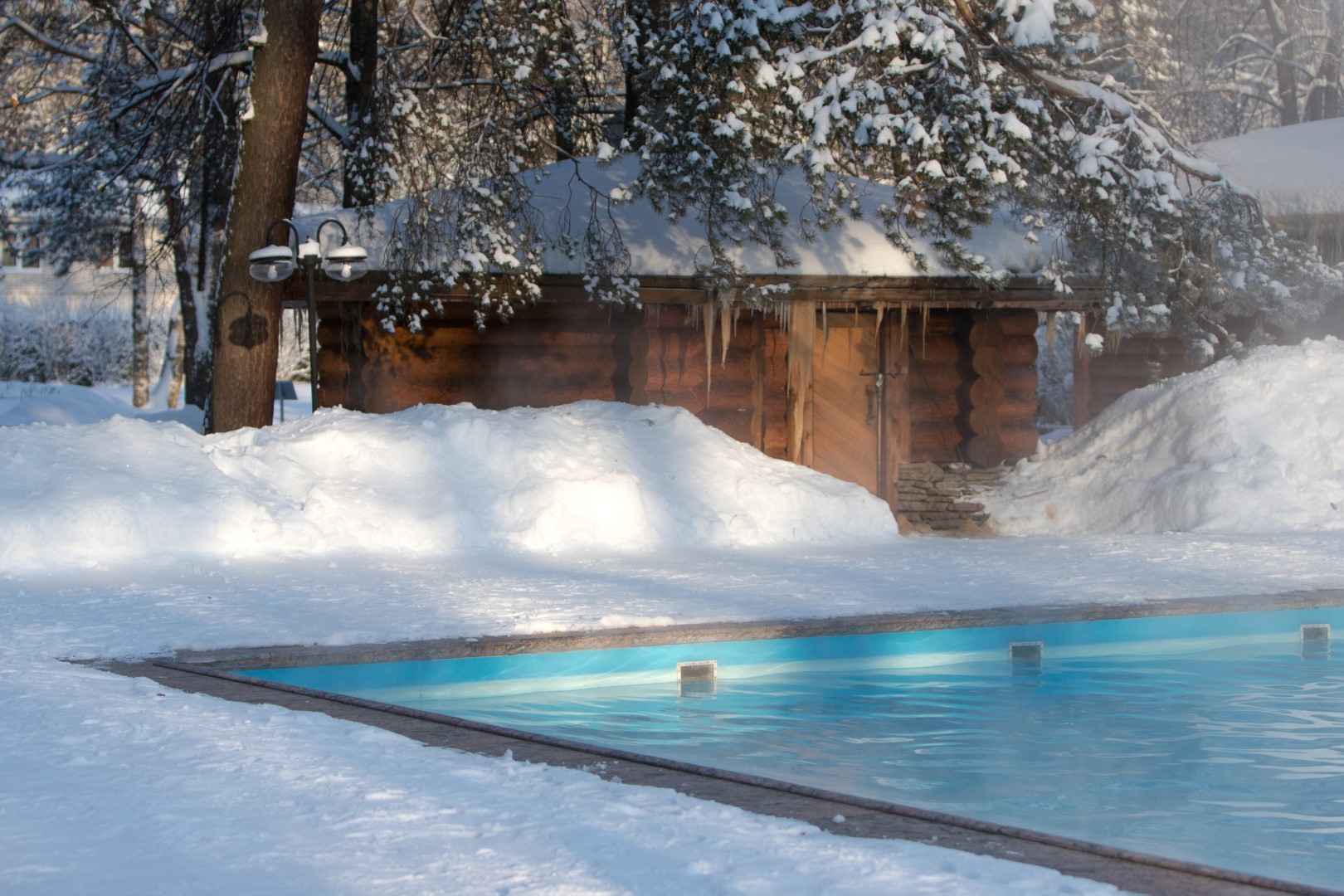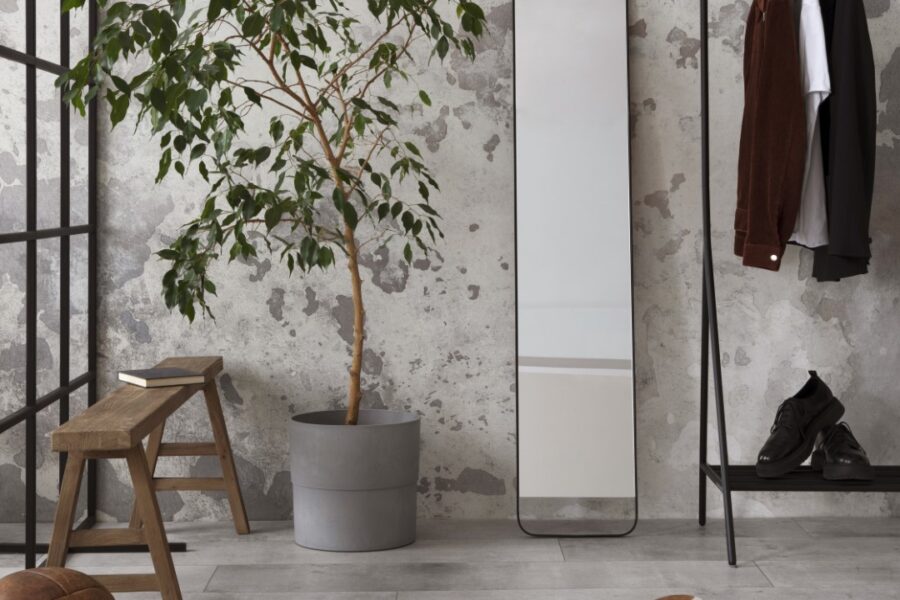As temperatures drop, your pool requires a unique set of maintenance steps; this is what we refer to as winter pool maintenance. The essence of these practices lies in safeguarding your pool from the harsh winter elements that can cause significant damage. By adhering to winter pool maintenance for perth homes, you not only protect the pool’s structure and equipment but also save yourself from potential costly repairs when summer returns.
Prevent Freezing and Ensure Proper Pool Cover Fit
Freezing temperatures can cause significant damage to your pool if you’re not prepared. When water freezes, it expands, which can lead to problems with your pool’s liner, pipes, and filtration system. This damage is not only inconvenient but also expensive to fix.
Here are some practical steps you can take to keep your pool in good condition:
- Check for a snug fit: Make sure your pool cover fits tightly across the entire surface without any sagging or gaps that could let debris in.
- Use air pillows: If you have an above-ground pool, placing air pillows under the cover can help relieve pressure from ice formation.
- Secure with water bags or weights: For in-ground pools, use water bags or weights around the edges of the cover to prevent it from being lifted or shifting in strong winds.
- Inspect regularly: Take the time to check your pool cover often for any tears or damage that could reduce its effectiveness.
By following these methods, you’ll protect your investment by reducing the risk of freeze-related damage and keeping your pool free from unwanted debris during the winter months.
Use Mid-Winter Algaecide to Prevent Algae Growth
During winter, algae growth becomes a common issue in pool maintenance. To tackle this problem, mid-winter algaecide comes into play as your main weapon to keep your pool water clear and clean throughout the off-season.
Benefits of Using Algaecide for Winter Pool Maintenance:
- Proactively prevents algae growth
- Helps maintain water clarity
- Reduces the need for excessive cleaning
Now, you might be wondering about the proper usage of these products:
Typically, it is best to apply mid-winter algaecide before closing your pool for winter. Follow the instructions on the bottle to dilute it correctly, then spread it evenly across the surface of your pool, making sure it covers all areas.
Reduce Water Level and Add Chemicals as Needed
When temperatures drop, there’s a higher chance of ice causing damage to your pool surfaces and structures. To minimise this risk, you can:
Lower the water level below the skimmer line. This way, there’s more space for the ice to expand without causing any harm.
- Use winter pool chemicals to maintain a clean swimming environment, even when you’re not using the pool:
- Chlorine stabiliser—protects chlorine from breaking down due to sunlight.
- pH adjusters—keep the water’s acidity balanced to prevent corrosion or scaling.
By following these steps, you’ll have a pool that’s closer to being ready for swimming once spring comes around. This will save you both time and effort in the long run.
Store Pool Accessories in a Dry Place
Storing pool accessories correctly is essential to prevent damage and ensure longevity. When you store pool accessories, choose a dry place where moisture is minimal to avoid mould and mildew buildup. Here are tips to help you store your pool equipment properly:
Identify a Storage Area
Select a location that is sheltered from the elements, such as a garage, shed, or basement. Ensure the space is well-ventilated to keep accessories dry.
Organise Your Equipment
Use shelves or storage bins to keep smaller items like goggles, swimming caps, and cleaning supplies organised. Label each container for easy access.
Properly Store Large Items
- Floats and Inflatables: Deflate them fully to avoid air expansion that can cause damage in fluctuating temperatures. Once deflated, fold neatly and place in large containers or storage bags.
- Brushes and Poles: Hang these on wall-mounted hooks or racks to prevent bending or warping.
By following these methods, you can preserve your pool accessories in good condition, ready for use when the warmer weather returns.
Monitor Water Chemistry and Clean Filter/Equipment Regularly
Monitor Water Chemistry
Maintaining balanced water chemistry is essential, even when your pool is not in regular use. Regular testing for pH, alkalinity, and sanitizer levels is crucial to prevent corrosion and scale buildup that could lead to costly repairs. You can use test strips or a liquid test kit to monitor water chemistry at least once a week:
- pH Level: Aim for a range between 7.2 and 7.8.
- Alkalinity: Maintain between 80 to 120 parts per million (ppm).
- Sanitizer Levels: Chlorine or bromine levels should be kept within the ideal range for your specific pool type.
Clean Filter Regularly
Your pool filter plays a pivotal role in keeping the water clean. During winter, it captures algae spores, bacteria, and small debris that can otherwise proliferate. Here’s how to ensure it remains effective:
- Turn off the pump and release pressure from the system.
- Remove the filter according to manufacturer instructions.
- For sand filters, backwash by reversing the water flow.
- For cartridge filters, rinse with a hose and replace if worn out.
- For D.E. filters, backwash as well, then add fresh diatomaceous earth.
Clean Equipment
Pool equipment longevity often hinges on proper winter care:
- Inspect heaters, pumps, and chlorinators for any signs of wear or damage.
- Lubricate o-rings and gaskets to prevent leaks.
- Ensure freeze protection devices are functional if applicable.
By adhering to these maintenance tasks, you’ll safeguard your pool’s health throughout winter and beyond, readying it for warmer days ahead with less effort and expense.
It’s important to follow winter pool maintenance guidelines to keep your pool in good condition and make sure it lasts. The steps we’ve discussed in this article are a great way to protect your investment during the off-season. By doing things like preventing freezing, using algaecide in the middle of winter, adjusting water levels and chemicals, storing accessories properly, keeping things clean, and checking water quality regularly, you can avoid having to do expensive repairs later on. Remember, taking the time to do these maintenance tasks now will save you money and make it easier to start using your pool again when the weather gets warm. So don’t wait – start taking care of your pool today!
Discover more from Futurist Architecture
Subscribe to get the latest posts sent to your email.




